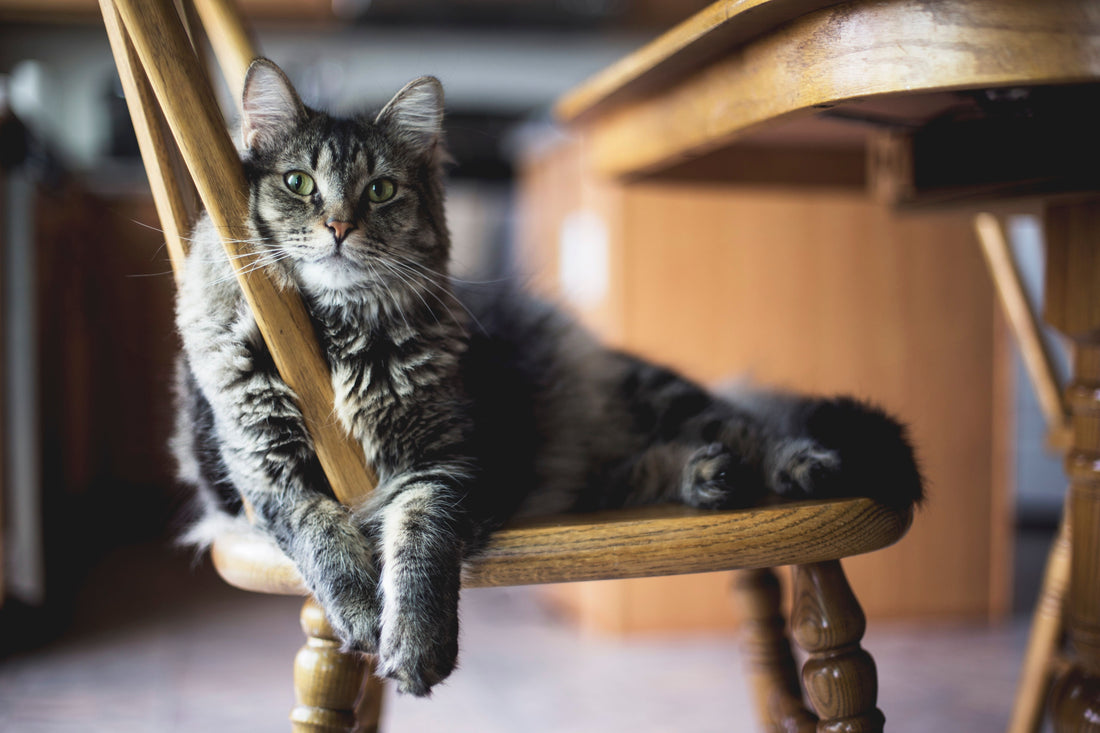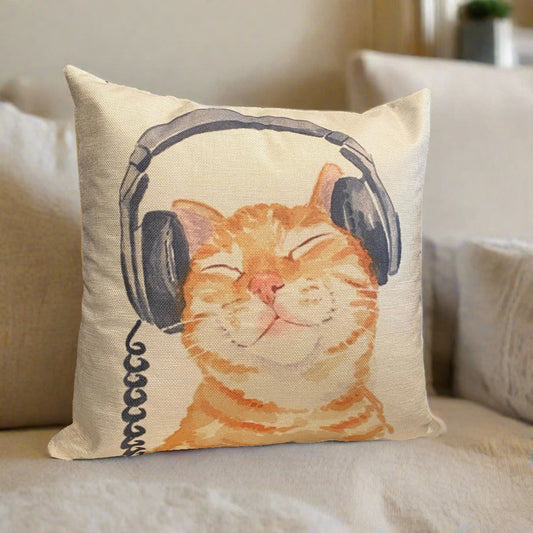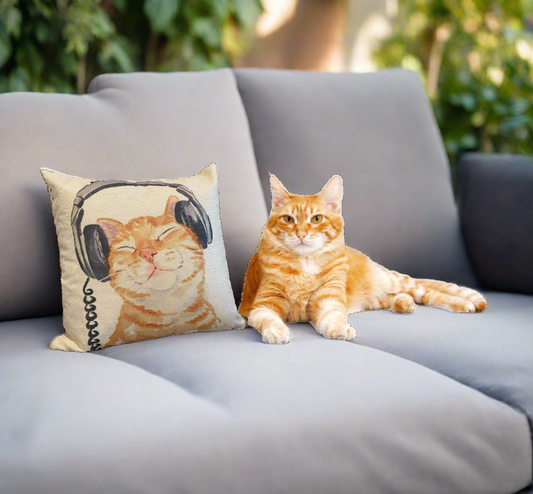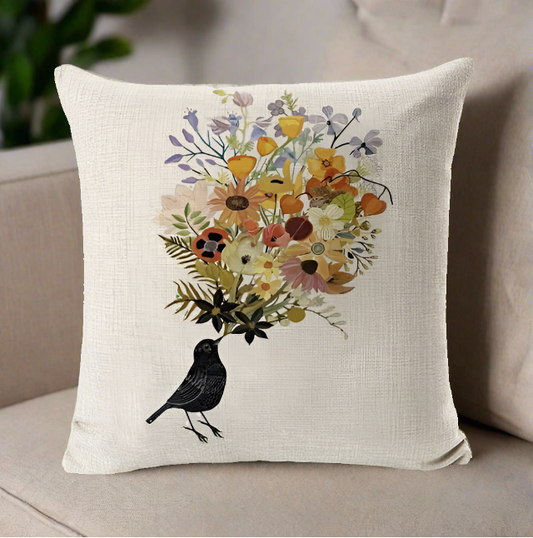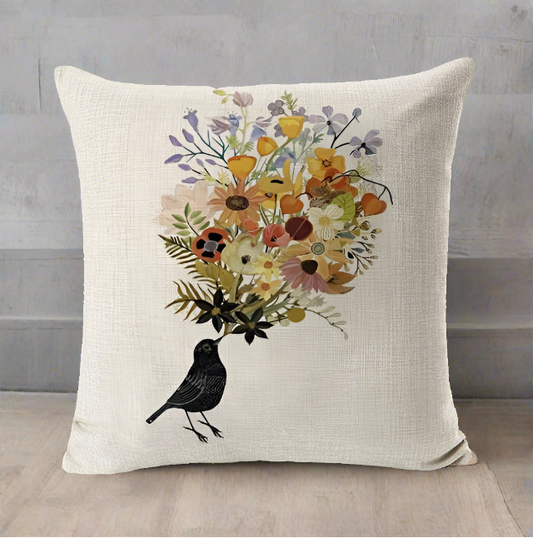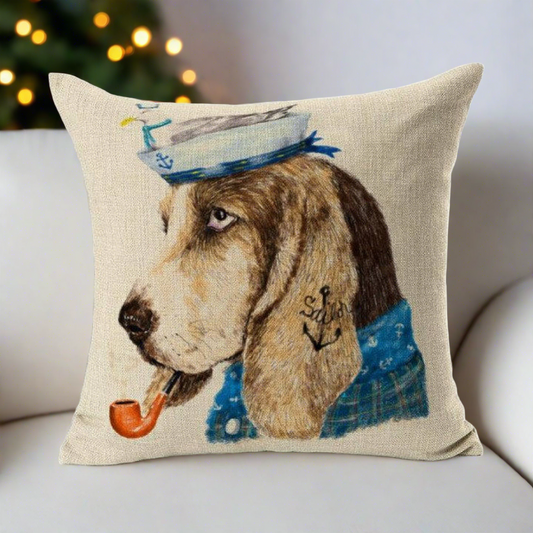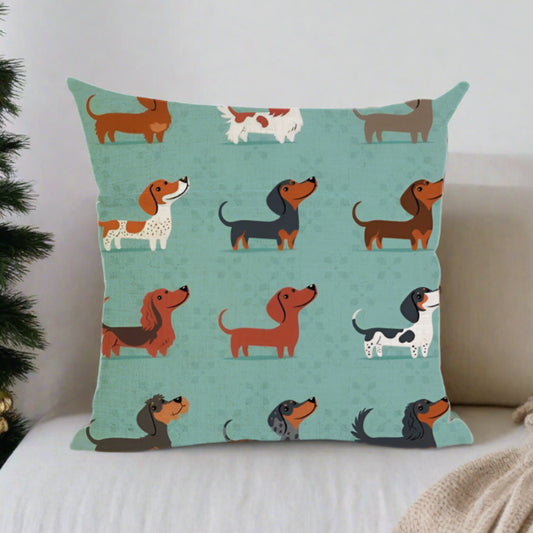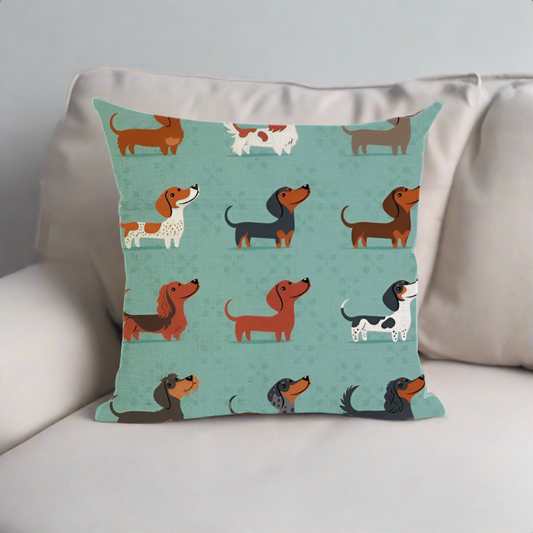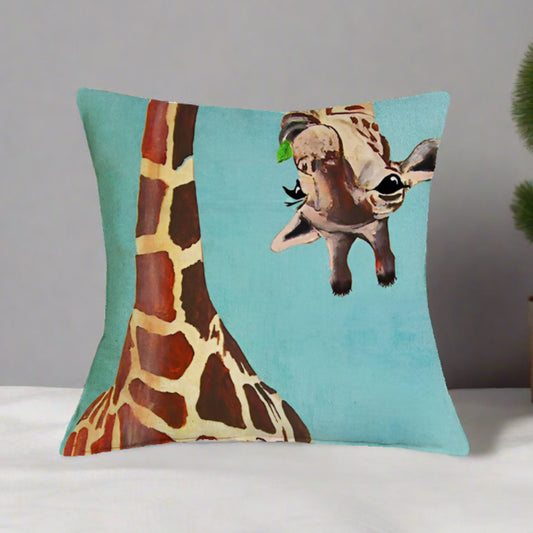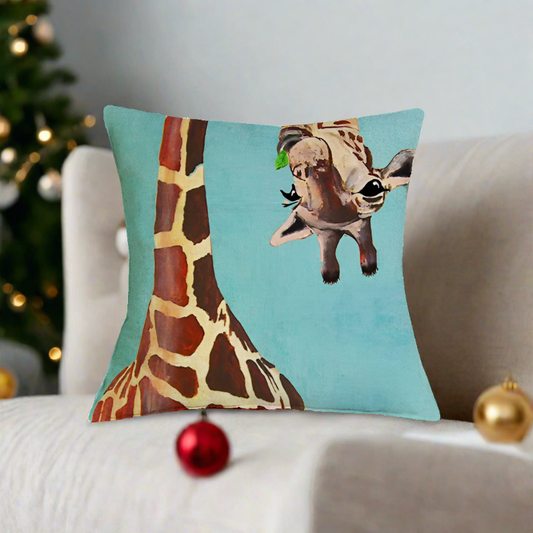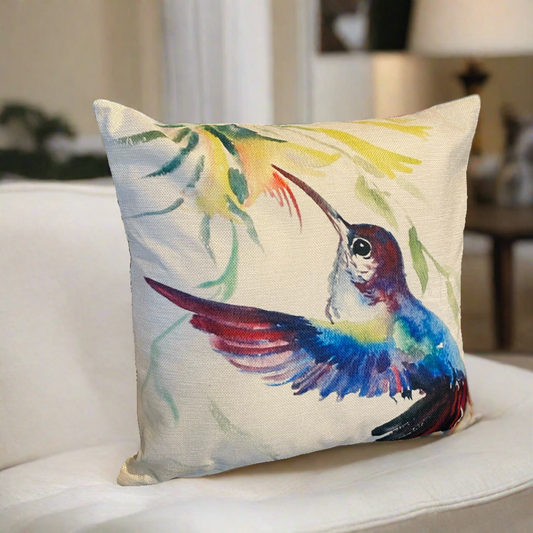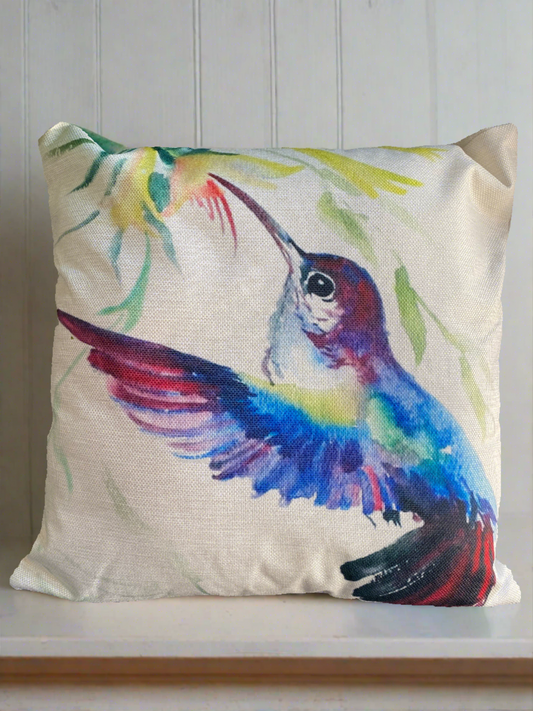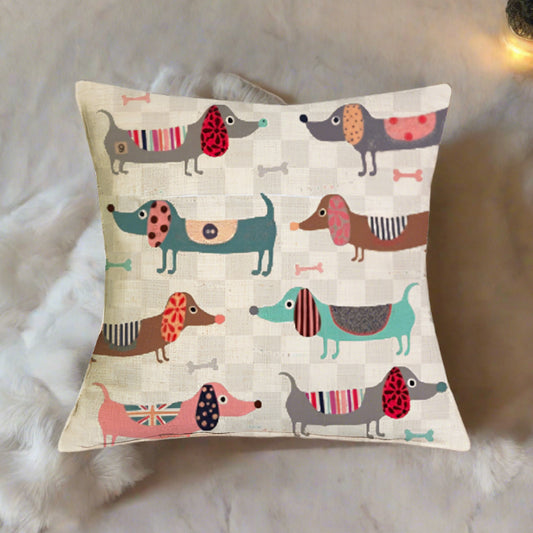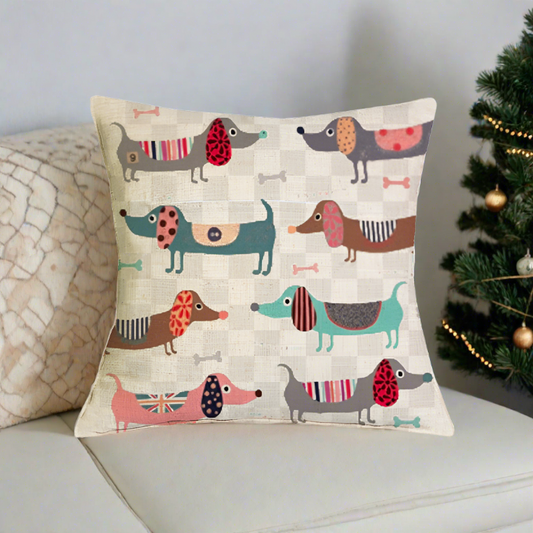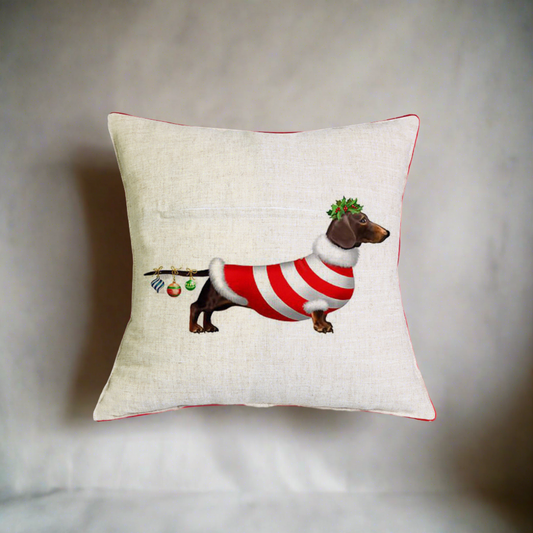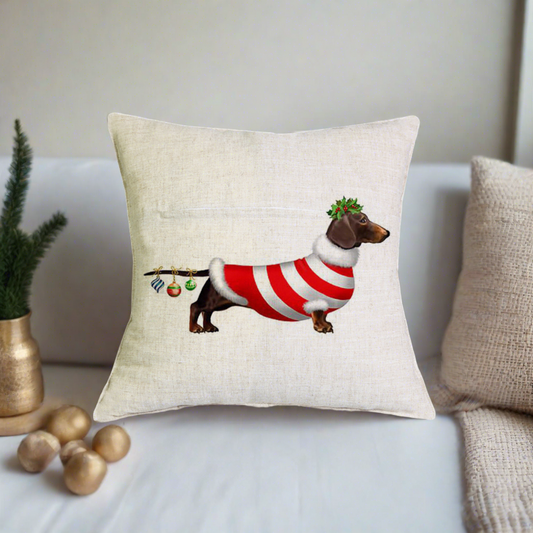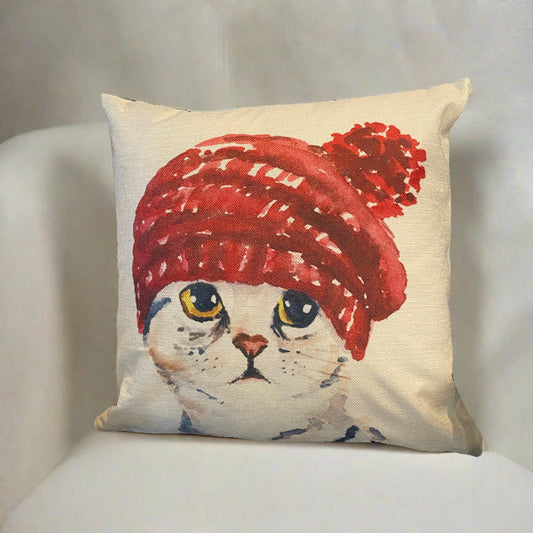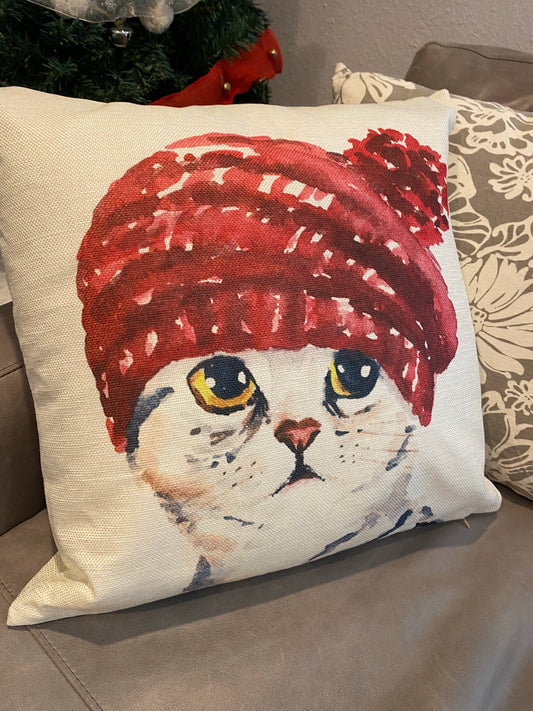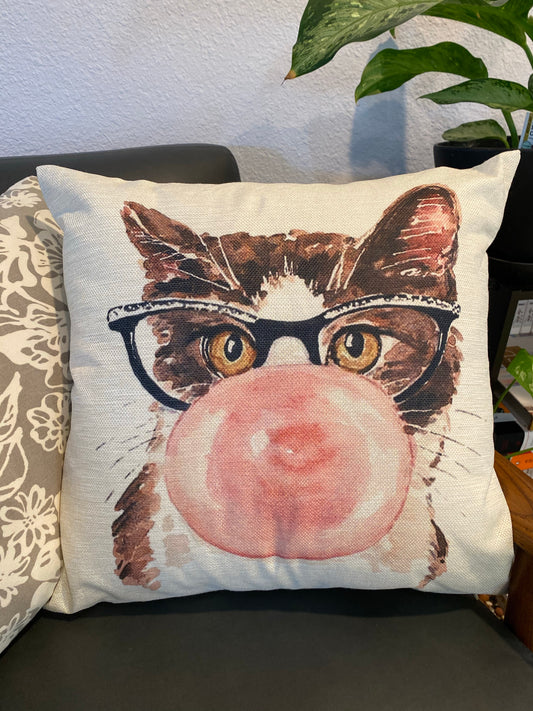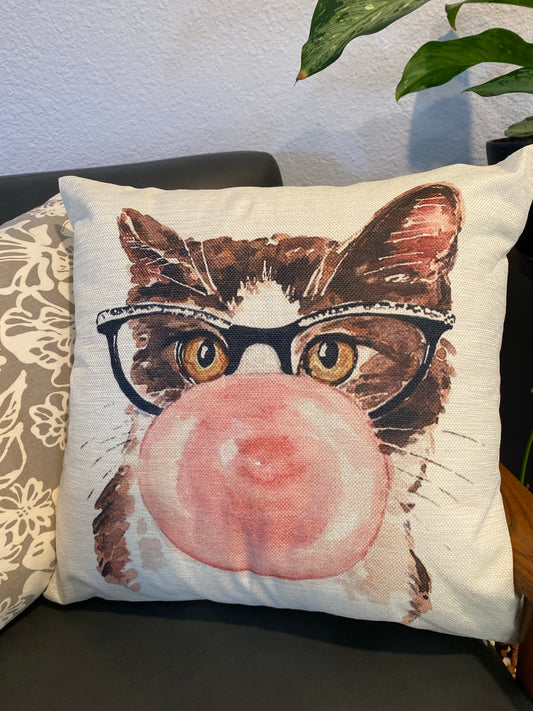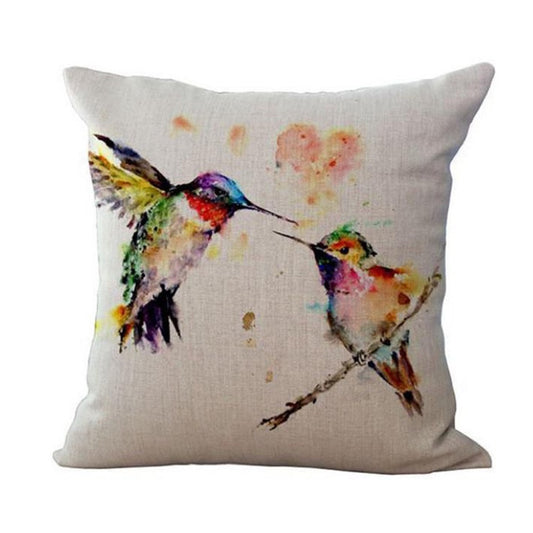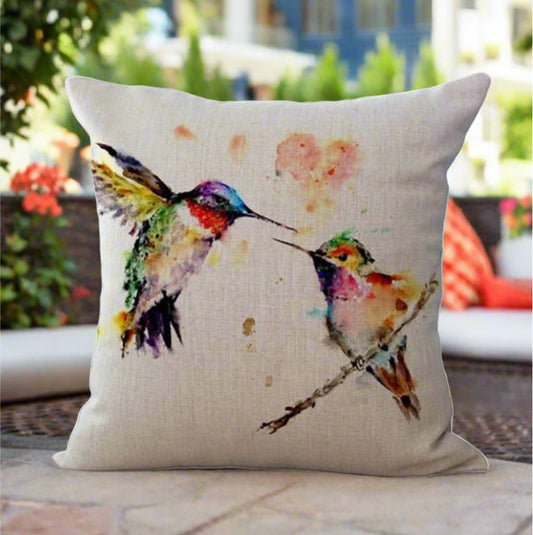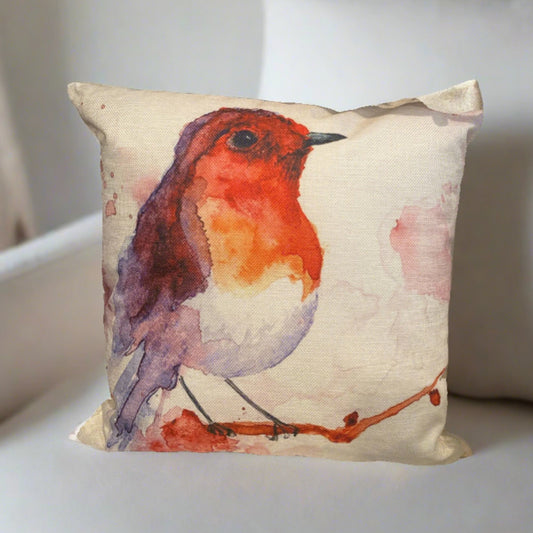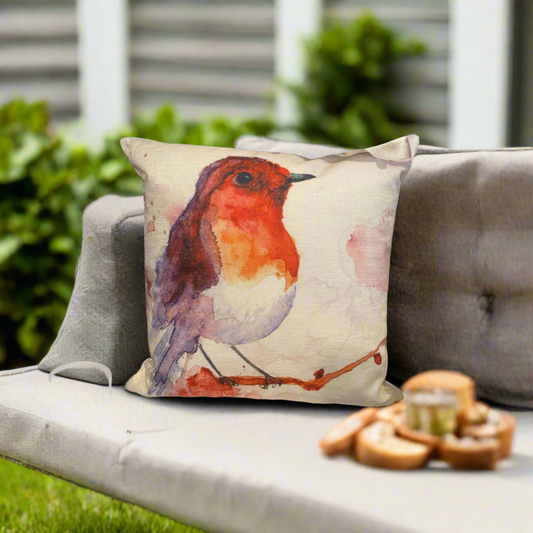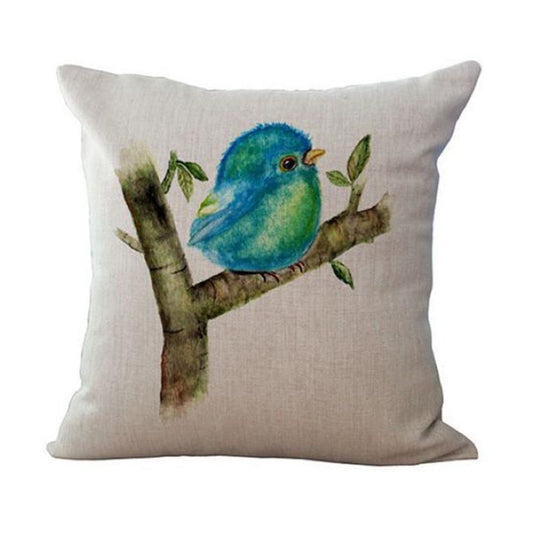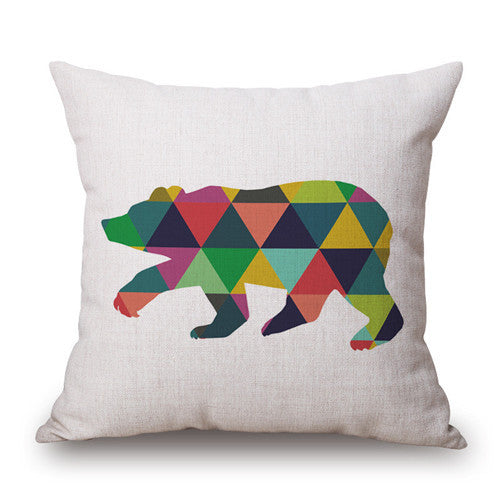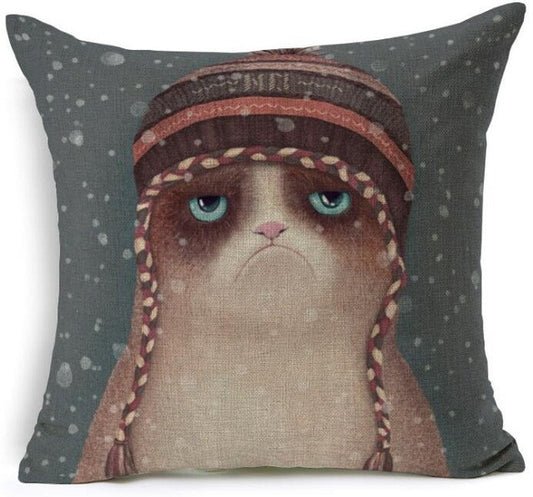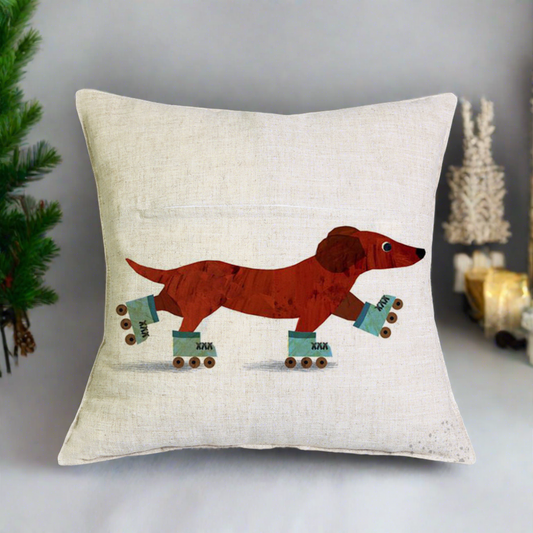Whether you're a new cat owner or an experienced feline friend, knowing how much to feed a cat is essential for their health and happiness. Today, we introduce the essential guide to understanding and using a how much to feed a cat chart effectively for your fluffy companion.
Your Cat’s Dietary Needs Evolve Over Time
When it comes to feeding your feline, one size does not fit all. Cats' dietary requirements change as they grow from playful kittens to dignified seniors. Let's explore why it's vital to adapt to their needs over time:

Cats have different dietary needs during different stages of their lives. Kittens require calorie-dense food to support their rapid growth and energy. In adulthood, a balanced diet is essential to prevent weight gain. Senior cats' diets may need further adjustments, focused on easily digestible nutrients and reduced calorie content due to their slower metabolism and potential health issues.
At the core of managing these nutritional transitions is portion control and regular assessments, ensuring your cat's dietary intake aligns with its energy output. To navigate this journey, consulting with a veterinarian is invaluable. They'll help you tailor a feeding chart specifically for your pet, resulting in a perfectly balanced diet.
Regular checkups and discussions with your vet will keep your cat's diet attuned to its evolving requirements, enhancing their overall well-being.
Cat Feeding Chart
Now, let's delve into the specifics of using a cat feeding chart. It's not just a tool but a framework that helps you feed your feline friend correctly. Here are your action steps:
By Cat Weight (in pounds):
| Weight (lbs) | Kitten (up to 1 year) | Adult (1-7 years) | Senior (7+ years) |
|---|---|---|---|
| 5 | 1/4 - 1/2 cup | 1/4 cup | 1/4 cup |
| 10 | 1/2 - 3/4 cup | 1/2 cup | 3/8 cup |
| 15 | 3/4 - 1 cup | 3/4 cup | 1/2 cup |
| 20 | 1 - 1 1/4 cup | 1 cup | 3/4 cup |

Feeding Tips:
- Kittens: Require more frequent feeding (3-4 times a day) with high protein and fat content.
- Adults: Feed 2 times a day with balanced nutrients.
- Seniors: Feed 2 times a day with a focus on easy-to-digest ingredients and joint support.
Example Feeding Schedule:
-
Kitten (10 lbs)
- 1/2 - 3/4 cup of high-quality kitten food, divided into 3-4 meals per day.
-
Adult Domestic Shorthair (10 lbs)
- 1/2 cup of adult cat food, divided into 2 meals per day.
-
Senior Maine Coon (20 lbs)
- 3/4 cup of senior cat food, divided into 2 meals per day.
Wet vs. Dry Food:
- Wet Food: Typically fed in 3 oz portions. Adjust based on weight and age (e.g., 1-2 cans per day for an adult cat).
- Dry Food: Ensure fresh water is always available.
By accurately determining caloric needs and following a structured chart, your cat will thrive on a diet that supports optimal health.

By Cat Weight (in pounds) and Cat Type:
| Weight (lbs) | Domestic Shorthair/Longhair | Maine Coon | Sphynx |
|---|---|---|---|
| 5 | 1/4 - 1/2 cup | 1/3 - 2/3 cup | 1/3 - 1/2 cup |
| 10 | 1/2 - 3/4 cup | 2/3 - 1 cup | 1/2 - 2/3 cup |
| 15 | 3/4 - 1 cup | 1 - 1 1/4 cup | 2/3 - 3/4 cup |
| 20 | 1 - 1 1/4 cup | 1 1/4 - 1 1/2 cup | 3/4 - 1 cup |
Feeding schedule examples:
Domestic shorthair/Longhair feeding schedule:
- 5 lbs: 1/4 - 1/2 cup of dry food or 2-3 oz of wet food per day.
- 10 lbs: 1/2 - 3/4 cup of dry food or 3-4 oz of wet food per day.
- 15 lbs: 3/4 - 1 cup of dry food or 4-5 oz of wet food per day.
- 20 lbs: 1 - 1 1/4 cup of dry food or 5-6 oz of wet food per day.
Maine coon feeding schedule:
- 5 lbs: 1/3 - 2/3 cup of dry food or 3-4 oz of wet food per day.
- 10 lbs: 2/3 - 1 cup of dry food or 4-5 oz of wet food per day.
- 15 lbs: 1 - 1 1/4 cup of dry food or 5-6 oz of wet food per day.
- 20 lbs: 1 1/4 - 1 1/2 cup of dry food or 6-7 oz of wet food per day.
Sphynx feeding schedule:
- 5 lbs: 1/3 - 1/2 cup of dry food or 2-3 oz of wet food per day.
- 10 lbs: 1/2 - 2/3 cup of dry food or 3-4 oz of wet food per day.
- 15 lbs: 2/3 - 3/4 cup of dry food or 4-5 oz of wet food per day.
- 20 lbs: 3/4 - 1 cup of dry food or 5-6 oz of wet food per day.
Feeding tips feeding schedule:
- Adjust portions based on the cat's activity level, age, and health condition.
- Monitor weight and adjust food quantity if the cat is gaining or losing weight inappropriately.
- Ensure fresh water is always available, especially if feeding dry food.
- Divide daily portions into 2 meals for adult cats, and 3-4 meals for kittens.

Newborn Kitten, Age: 0 to 4 Weeks
The first four weeks of a kitten's life are all about milk — ideally from their mother. In her absence, your role with a bottle and kitten milk replacer becomes crucial:
During these initial weeks, understanding how to feed a newborn kitten is essential for their growth and development. You can use the feeding chart or feeding guide above to determine the correct amount.
Typically, a kitten will consume about 8 milliliters of formula per ounce of body weight per day. Feeding should occur every 2-3 hours around the clock for kittens in their first week of life, with the frequency gradually lessening as they grow. Adequate feeding culminates in steady weight gain.
4 to 8-Week-Old Kitten
During 4 to 8 weeks, kittens shift towards solid foods. It's a delicate phase where your attention to their diet must be meticulous. Here's what you need to know:
This is a time of rapid growth and development. Aim for high-quality kitten food that's specifically formulated to meet the high energy needs of a rapidly growing kitten. Begin with small, frequent meals, approximately a teaspoon of wet kitten food four to six times a day.
As they grow accustomed to eating solids, you can gradually increase the amount based on the feeding instructions provided by the food manufacturer and your veterinarian's recommendations. Remember, always ensure enough fresh water, and monitor your kitten’s growth with a weight scale. Keep an eye out for any changes in appetite or digestion, and consult your vet if you have concerns.
Proper nutrition in this transitional phase is critical for their lifelong health.
8- to 16-Week-Old Kitten
Kittens aged 8 to 16 weeks are growing rapidly. As such, the food they consume must support their development. Here are the guidelines:
During this critical phase of 8 to 16 weeks, a kitten's diet should consist of high-quality, nutrient-dense kitten food that caters to their intensive growth requirements. It is advisable to feed your 8- to 16-week-old kittens about three to four times a day, keeping the portions in line with the feeding guide provided by the cat food manufacturer.
Always ensure that the kibble or wet food you choose is specifically formulated for kittens, as this will contain the appropriate balance of proteins, fats, vitamins, and minerals essential for their development. Maintaining a consistent feeding schedule not only supports their growth but also helps establish good eating habits for long-term health.
4- to 6-Month-Old Kitten
When kittens reach 4 to 6 months old, their diet becomes even more pivotal. Their growth remains significant and their food intake needs proper management:
A kitten at this stage should start transitioning from a high-calorie kitten formula to a balanced regular diet. Experts suggest that kittens of this age should be fed approximately three to four times a day, with portion sizes guided by their weight and body condition.
Keep in mind that overfeeding can lead to obesity, while underfeeding could hinder their growth. Consistency in feeding routine is also crucial for their health and well-being, so ensure their meal times are regular and portions are measured accurately.
Monitoring weight and adjusting feeding charts are routine parts of caring for your little one during this crucial stage of development.
6 Months to 10-Year-Old Cats
Adult cats from 6 months to a decade old stabilize in their dietary requirements:
Adult cats require a consistent amount of high-quality protein to support muscle maintenance, as well as essential vitamins, minerals, and fatty acids to aid in overall bodily functions. An average indoor cat typically thrives on about 20 calories per pound of body weight per day. Engaging regularly in play and monitoring your cat's weight can also help in managing their caloric intake.
Remember that changes in appetite or weight can be an indicator of health issues, so it’s important to keep a close eye on your cat's eating habits and body condition.
By following these guidelines, your adult cat will maintain a balanced diet suited to its lifestyle.
Senior Years (11+ Years)
Senior cats experience a slow down in their metabolic rate which alters their dietary needs:
As senior cats enter their golden years, typically around the age range of 11 and up, their lifestyle and physiological needs shift notably. Aging cats become less active and require fewer calories to sustain their energy level, necessitating a modification in their daily food intake.
An ideal feeding chart for senior cats should take into account the decreased metabolic rate and the potential presence of age-related health issues such as kidney disease or diabetes. It is crucial to provide a diet that is rich in high-quality protein to maintain lean muscle mass, yet low in calories to prevent obesity.
Portion sizes may be smaller compared to those of adult cats, and it is advisable to incorporate specialized senior cat food formulas that cater to their specific nutritional requirements. Regular veterinary check-ups are also key to assess and adjust your senior cat's diet plan to ensure optimal health and vitality during their twilight years.
A thoughtful approach to your senior cat's diet will ensure comfort and health in their twilight years.
A Tailored Approach to Cat Feeding
In conclusion, understanding how much to feed a cat involves more than following a simple chart. It requires a combination of expertise, observation, and a willingness to adapt as your cat grows. By paying close attention to their dietary needs at every stage, maintaining regular consultations with your vet, and being mindful of their changing lifestyle, you can ensure that your beloved pet leads a happy, healthy, and full life.

